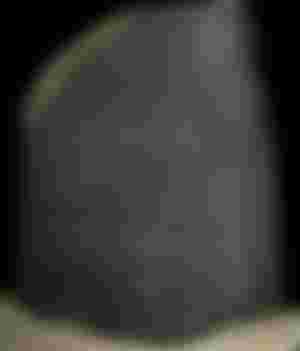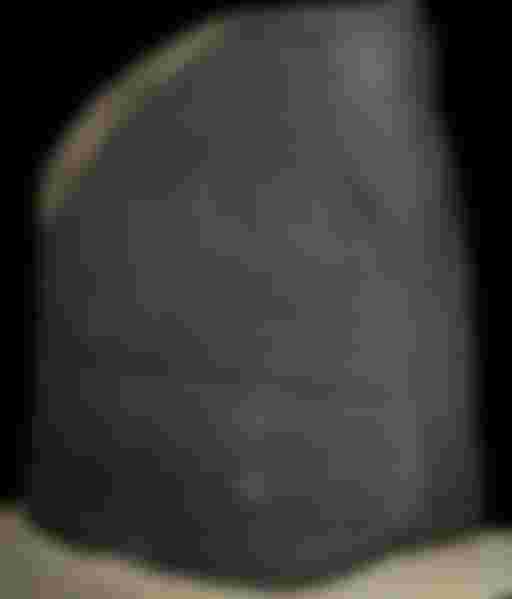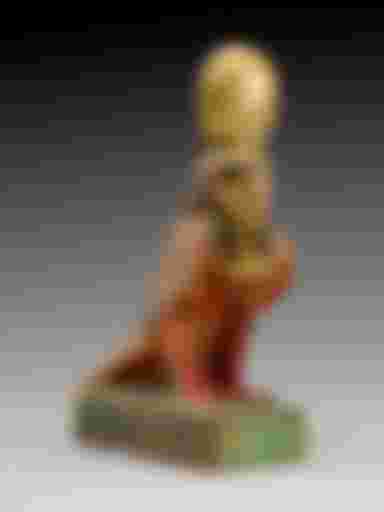What The Revealed Remains Of The Ancient Egyptian Civilization Tell Us
One of the most notorious mysteries of the modern world remains unsolved: the rich and mysterious ancient Egypt: the state, that gave you pyramids, pharaohs, mummies, and Egyptology. Scholars still argue whether these ancient ruins are the ruins of a civilization or the work of an advanced civilization, that predated Egypt. A lot of researchers believe, that Egypt was a much more technologically advanced civilization, than modern theories traditionally allow for such as mining, metallurgy and irrigation.
When archaeologists reveal the secrets of the ancient Egyptian society, they will be taken seriously for a change and these secrets are not about deities or mathematics. They are about how to build a more prosperous society. No other society even comes close. Today, scientists and archaeologists are looking back on their techniques, trying to find clues as to what made that civilization so powerful.
Real Ancient Civilization Or A Myth
While an archaeologist may have some credibility, they are still an archaeologist, and the subject is still considered a very controversial one. The evidence is not conclusive. Egypt may have been an ancient civilization, but it may also have been a myth. Even if they were a real ancient civilization, the techniques they discovered may not be reliable.
Many of the scientific principles underlying archaeology were only discovered in the last few hundred years. The methods and techniques may have been outdated when archaeologists used them. There is also the threat of cultural contamination. The knowledge of farming and construction was likely to have been passed down from generation to generation within an entire village or tribe. When archaeologists disturb that knowledge, they risk having their findings attributed to the actions of that particular tribe.
These are all legitimate concerns. As such, many skeptics remain unconvinced of the findings of the archaeological community. To some, the work of Egyptologists is nothing more, than a series of elaborate tales. There is little evidence that the ancient Egyptians ever even existed beyond the tales of Greek and Roman historians. To these doubters, any archaeological find, that does not fit the traditional narrative is dismissed.
However, many researchers discount these arguments. The alternative explanation may be wrong, but dismissing it because it challenges the accepted theory is just bad science. It is not as if the archaeological findings to date have been trivial.
In this article I will talk about two interesting findings and a method, where the general public can take part in the discovery.
The Rosetta Stone

The discovery of the Rosetta Stone, unlocked the entire written language of the Egyptians, a previously undecipherable script. It allowed for the eventual translation of the entire Egyptian language, which has lasted to the present day. The Rosetta Stone is an artifact, that has become symbolic of all the breakthroughs in the field of archaeology. The discovery of the Rosetta Stone meant, that the entire written language of ancient Egypt could be deciphered, allowing for an entire body of literature to be translated into modern languages. While there is still much work to be done, the Rosetta Stone has had a profound effect on the discipline of archaeology.
Wooden Ba-Birds

The other discovery that has made an impact is the discovery of wooden "Ba-Birds." Archaeologists initially thought that any artifacts discovered in the area had been left behind by the ancient Egyptians themselves. A possible exception to this was the "Ba-Birds." The discovery of these artifacts was something of a shock to the archaeology community.
It took a while for researchers to come to a consensus about what these artifacts were and how they were made. The consensus was that these artifacts dated back to at least 332-30 BC, making them one of the oldest known artifacts in existence. The "Ba-Birds" were designed to look like a type of vulture, with a long thin beak, legs, and feathers. The body was covered in a thick layer of resin, which may have kept the body stable in a type of suspension.
While there is still plenty of debate over how the "Ba-Birds" were created, or even what the exact purpose of the artifacts is, there is no longer much doubt, that they are extremely old. There is evidence, that these artifacts may have been used as an attachment to the coffin during the era. They were designed and created by the Egyptians themselves. It is only common sense, that any artifacts created and used by ancient Egyptians must hold great power.
What Will The Archaeologists Discover Next?
The work of archaeology is ever ongoing. The discoveries of the past few decades continue to open new doors into the discipline. As such, archaeologists are always looking for new ways to approach their work. One such method is through "crowdsourcing." This process takes the work that would normally be done by an archaeologist, and distributes it among a large number of people. In this way, a greater number of people will have a part in the discovery process, and the chances that an overlooked artifact will be found is increased. With this method, archaeologists attempt to avoid the "arrogant" approach of "digging in one place and discovering things," and instead try to "maintain a healthy sense of wonder" and "work with available clues."
Crowdsourcing is a process through which the public can participate in archaeological research. The public may submit their own theories or suggestions, and those suggestions may be used to further research. Crowdsourcing is a way for archaeologists to engage the general public and to open up new lines of inquiry within the discipline. It is a way to encourage "out of the box" thinking, as well as to try to counter the "group think" that can plague academia.
The idea of crowdsourcing is nothing new. In fact, many of the principles involved have been around for several centuries. The difference is in the tools used to conduct research. The invention of the printing press and the Internet have given rise to a vast new toolbox for researchers. The use of these tools has allowed for the growth of citizen science. In the case of crowdsourcing, the general public is given access to these tools to aid them in their research. As such, the public can be directly involved in the study of archaeology in new and exciting ways.
Thank you for reading.
Lead Image source: https://www.flickr.com/photos/fogey03/6521249637




They are many years ago and where it is difficult to always find evidence. The reality is that they are wonderful and that it is incredible how they managed to make even a single pyramid, in those days. The effort and dedicated resources are abysmal.